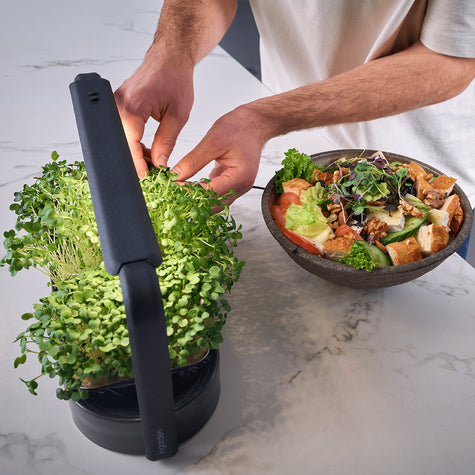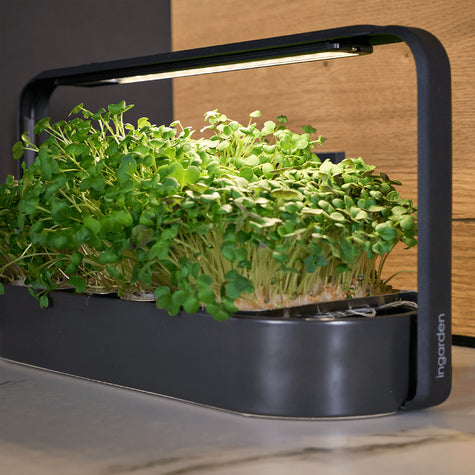The average US household wastes 31.9% of its food each year, which is estimated to cost $1,866.
It's that time of year again: gyms are filling up and diets are getting stricter – nothing motivates a lifestyle change quite like the New Year. If you're planning to eat healthier, you should take the time to plan your meals and figure out how much fresh fruit and vegetables you actually need to avoid spoilage.
Buying too much fruit and vegetables often has expensive consequences. A recent study found that the average US household wastes 31.9% of its food each year , costing an estimated $1,866, totaling $240 billion. The study also found that people with healthier diets consisting of highly perishable fruits and vegetables tend to waste more food.
Planning and preparing meals not only helps you waste less, but also eat healthily! This includes thoroughly reading the recipes you want to cook before buying all the ingredients. Pay attention to the portion sizes and the nutritional content of each serving. Some online recipes have portion sizes so large that a single serving is more like two or three servings. Or you might find that preparing a million different vegetables for one meal is too time-consuming for your schedule.
The easiest way to reduce food waste is to grow your own healthy food. Homegrown microgreens stay fresh until harvesting and, with the help of the ingarden, only need 7 days to grow.
ingarden has a neutral carbon footprint and an environmentally friendly design, so you can grow healthy food without harming the environment.
Microgreens grown with ingarden have 2150% higher nutritional value than their mature counterparts, are GMO-free, organically and sustainably cultivated. They are a healthy and environmentally friendly alternative to supermarket vegetables.
With our different plans, you can create your own ingarden experience to suit you and your needs!










